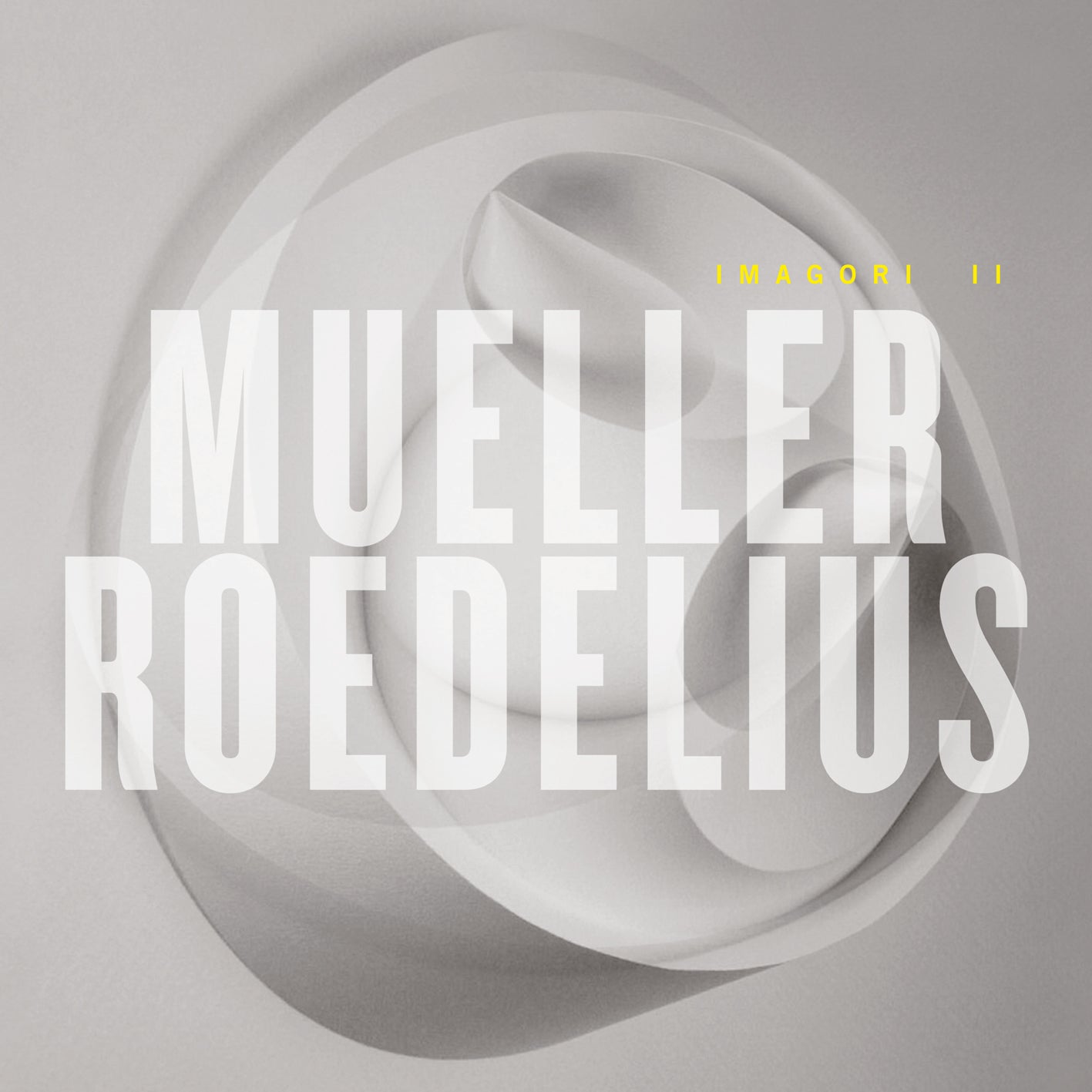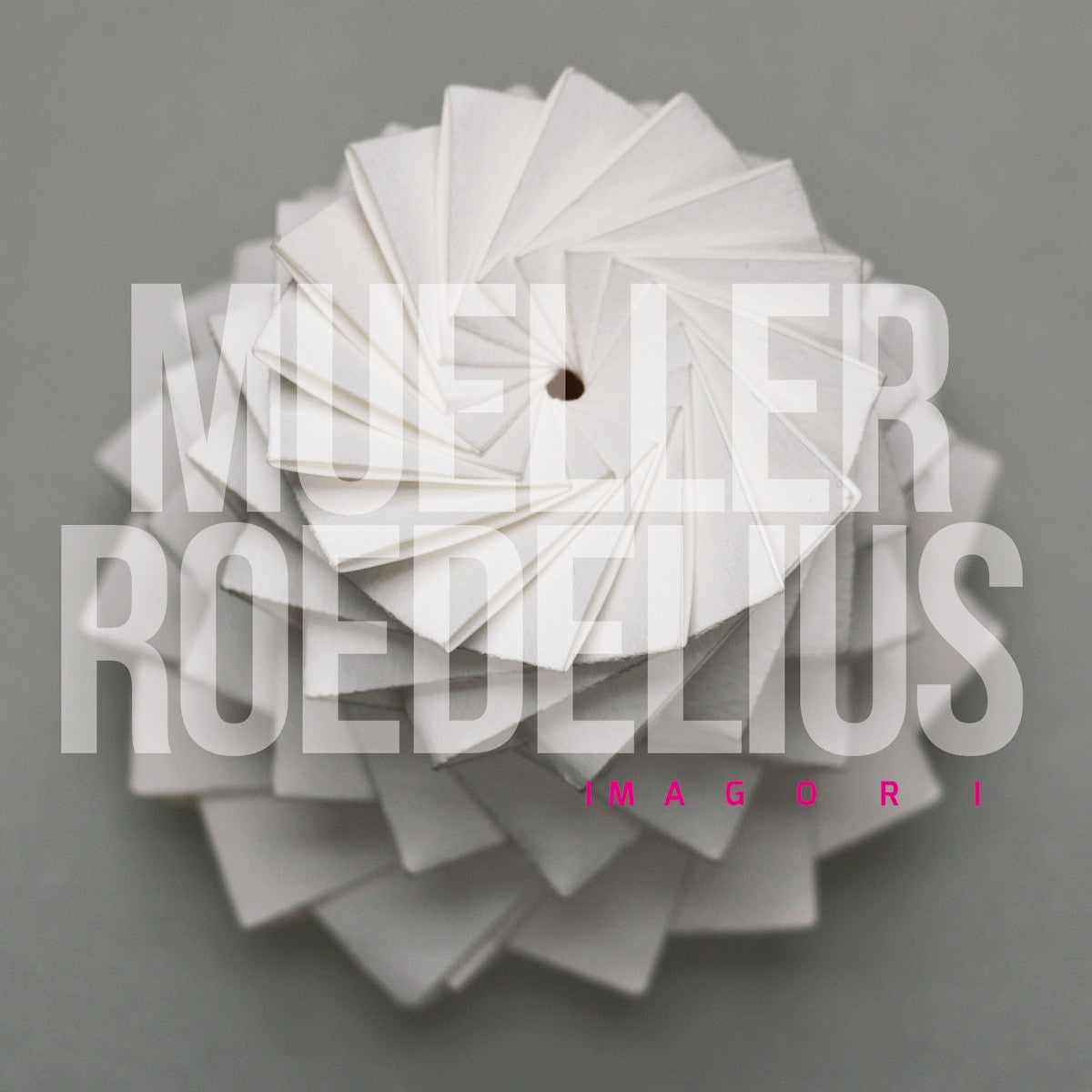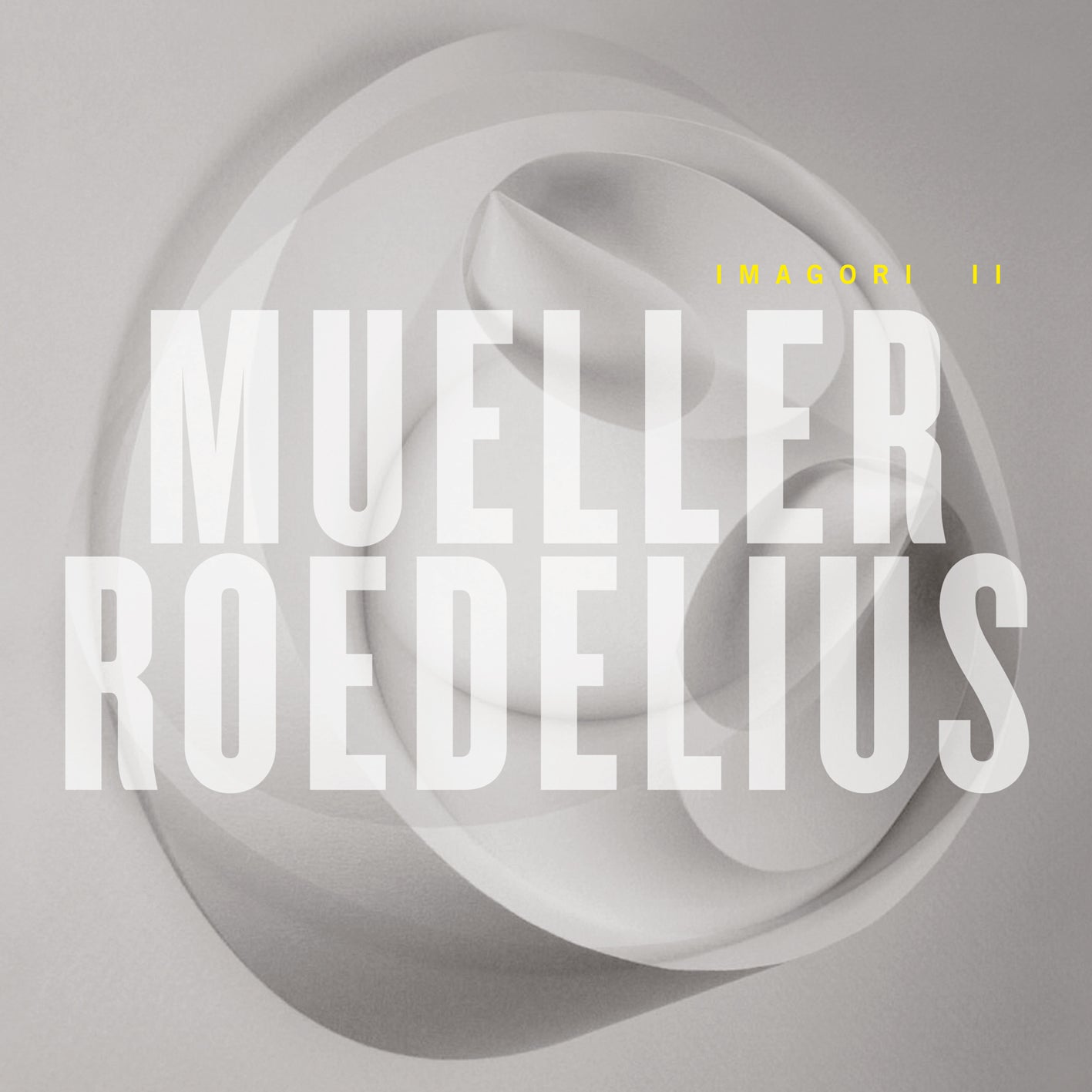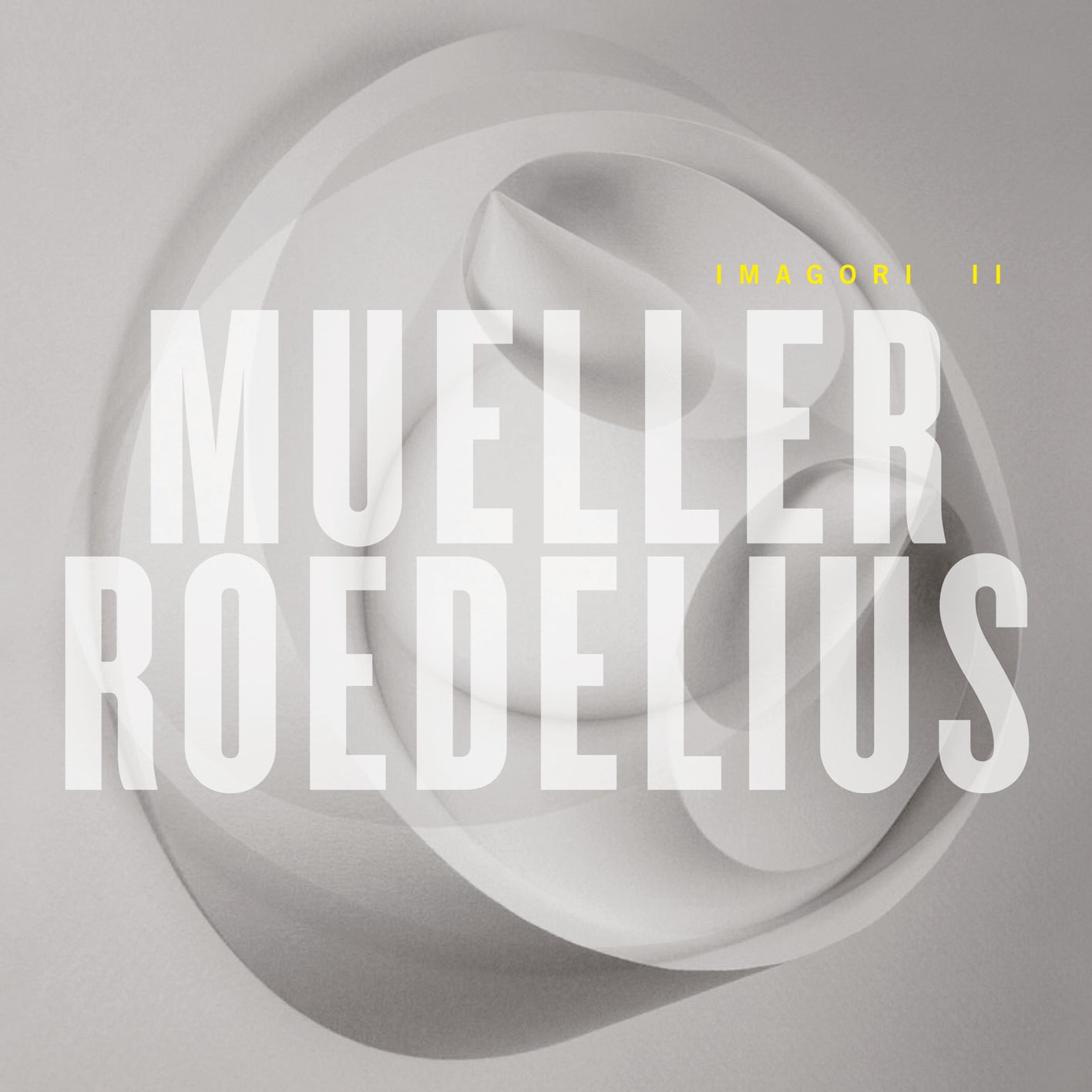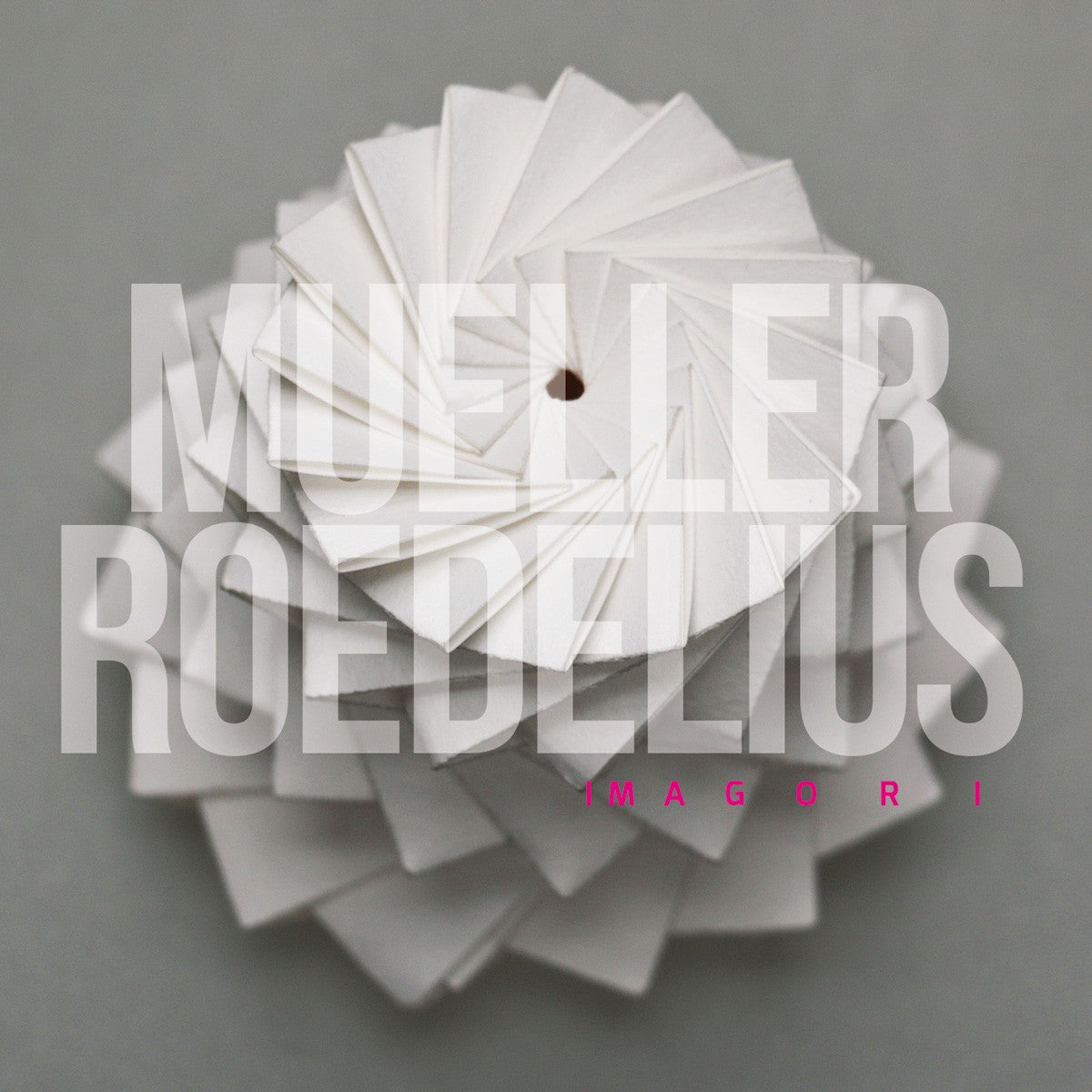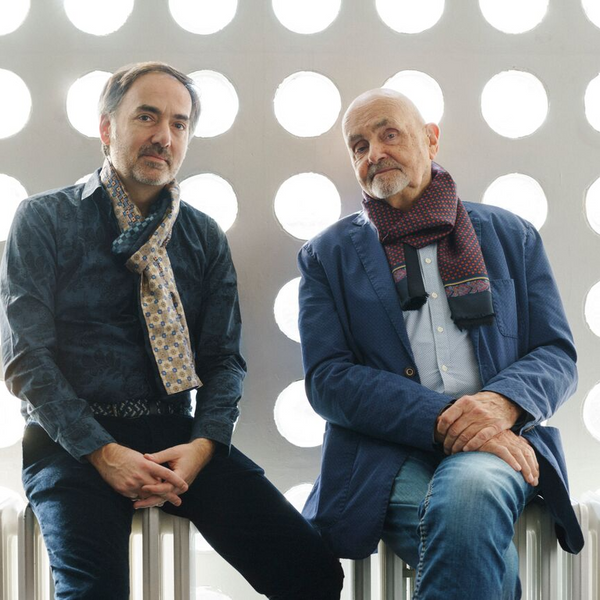
WEBSITE
Mueller_Roedelius
Hans-Joachim Roedelius and Christoph H. Müller create fascinating music that interweaves organic bodies with electronic beats. The album shows how two musical researchers discover new facets and create a harmonious journey into the world of sounds between tenderness and sharp edges.
Artists’ biographies are often marked by numerous breaks, a circumstance that seems to grow with the intensity of the creative will. Anyone who has played in as many important musical formations as Hans-Joachim Roedelius, born in 1934, knows this only too well. Harmonia and Cluster, for example, not only represented aWho is who?of prominence of musical innovation, but also the constant company of artistic figures with a certain eccentricity. It is nice to see when these breaks are not taken as a burden, but as what they should mean for art: an indescribably valuable treasure of experience. Roedelius uses this treasure, he still raises it and constantly redesigns it.
Christoph H. Müller, a Parisian from Switzerland, has a similarly broad range of experience, even though he is the younger partner in this synergetic duo. With groups such as Gotan Project, he emancipated the concept of world music and enriched it with a multitude of celebrated productions. Müller belongs to a generation of musicians who have always benefited from Roedelius' pioneering work in the field of electronic music, complemented it and participated in it with a constructive enthusiasm - so a collaboration between the two was nothing less than fate.
In 2015, their joint debut on Grönland Records, IMAGORI, was released, an album that already showed how well the two's musical visions fit together. Roedelius' sound spheres entered into an emphatic symbiosis with Christoph H. Müller's electronic productions and beats, resulting in music that did not unite two worlds, but created a new one.
A process that now continues seamlessly. The title itself indicates this path: IMAGORI II. The second joint album by the electronic masters shows new facets of their collaboration and reveals how much new discovery is possible when two researchers join forces. With its twelve pieces, IMAGORI II oscillates between tenderness and sharp edges, between science fiction and the Garden of Eden, lets organic sound bodies emerge that fragment again, creates moods between melancholy and euphoria, always accompanied by that cinematic pathos of Roedelius, which gets by without grand gestures and instead explores the limits of minimalism.
Language is also used noticeably often, for example in the first single FRACTURED BEING, to which Miss Kinichi alias Katrin Hahner lends her voice, here under the name Kenichi. With ICH DU WIR, IMAGORI II then becomes a family affair, Rosa Roedelius slowly lets us observe how the deconstructed language grows back into a form over a sound landscape. In LA VIE EN BLEU we then hear Christoph H. Müller's daughters, who illustrate in French the limitlessness of their father's music.
So on IMAGORI II we are once again witnessing experiments that know what they are based on and that allow us to forget the present by looking into the future, without being mere escapism. Rather, the twelve pieces allow the listener to close their eyes and find themselves in a dream that couldn't sound more beautiful - we experience this phantasm as IMAGORI II. There are no breaks here, but transitions on the surface of which something new is created.
The album ends with a title that couldn't be more telling and that once again recapitulates the musical harmony of the production: HEAVENLY PEACE. It is to be hoped that this will continue for a long time to come.


